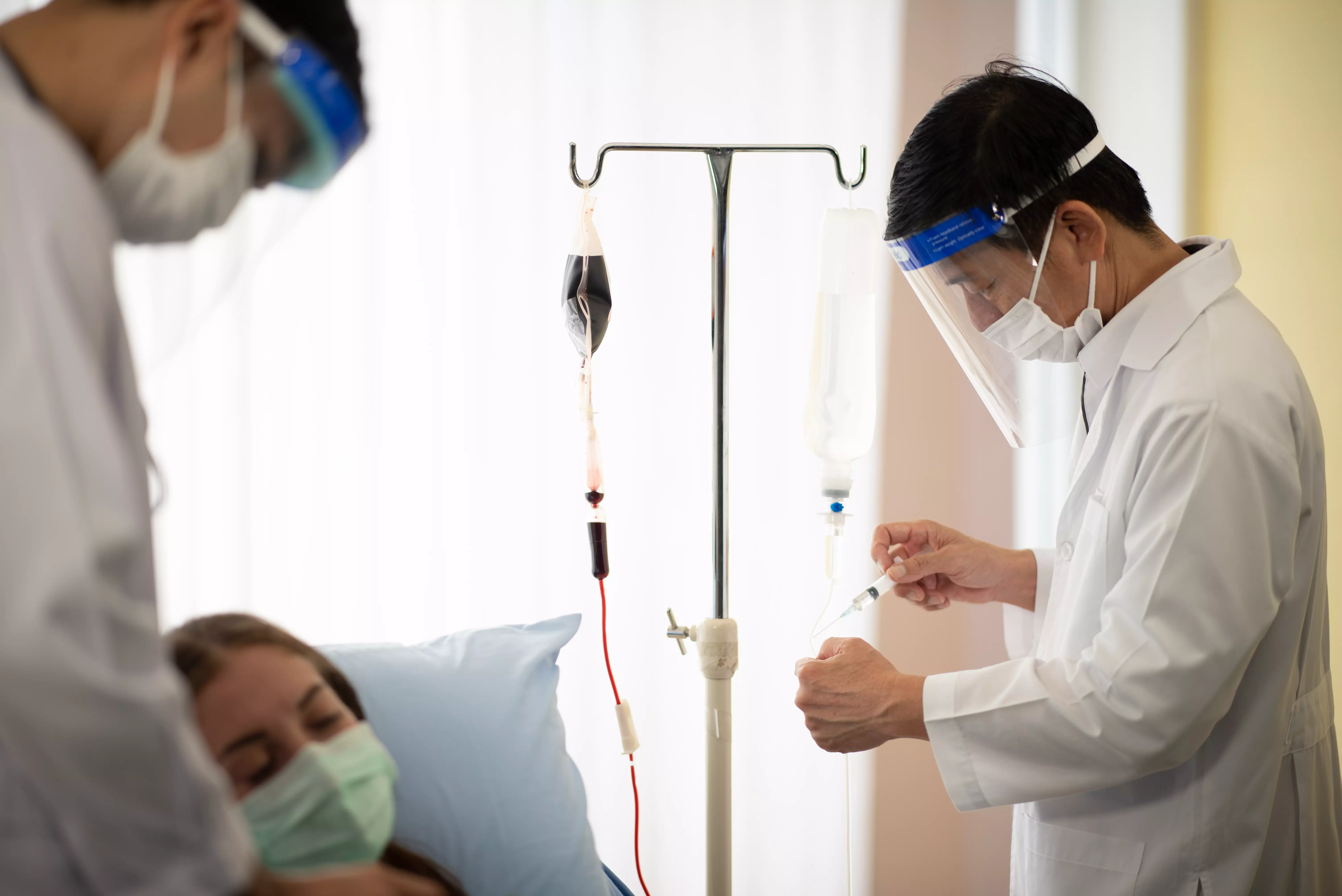COVID-19 treatment: traditional and innovative therapies
COVID-19 treatment: an introduction to therapy
The COVID-19 pandemic, caused by the SARS-CoV-2 virus, has changed the way we view infectious diseases and the requirements for treatment. Since the beginning of the pandemic, scientists, doctors and pharmaceutical companies have sought to develop effective treatments for the condition. As a result, over the past few years, both traditional methods and innovative therapies have emerged for the management and treatment of COVID-19.
Traditional therapies and drugs commonly used in the treatment of COVID-19
Traditional therapies for the treatment of COVID-19 generally include antivirals, anti-inflammatory drugs and other drugs used for viral infections. Among the most popular therapies for early and hospitalized patients is the use of:
Remdesivir, which was the first drug found to be effective in treating COVID-19. It works by inhibiting viral replication in the body.Dexamethasone, a steroid that has shown efficacy in relieving inflammation and reducing the risk of death in patients with severe disease.Antibiotics, which are often used for the bacteria that accompany a viral infection, although they do not work on viruses themselves.It is important to understand that traditional therapies are often used in combination with other methods to achieve the best possible results for patients.

Innovative therapies and research into new drugs
Innovative therapies play a key role in the fight against COVID-19, especially in the context of the quest to understand the mechanisms of action of the virus and its impact on the human body. Researchers are looking for new therapeutic strategies that can help combat SARS-CoV-2, and here are some of them:
Monoclonal antibodies, which have been developed to provide powerful support to the immune system in the fight against the virus. They work by blocking the virus from entering cells.Cell therapies, such as stem cell therapy, aim to regenerate damaged tissues and stimulate the immune response.Nanoparticles that are used in delivering drugs directly to virus-infected cells, minimizing side effects.Use of vaccines as prevention
Vaccines are a key element in the strategy to combat COVID-19, with the main goal of providing immunity to the population, which translates into a reduction in hospitalizations and disease-related deaths. Over the past two years, different types of vaccines have been released on the market, such as:
mRNA vaccines, such as Pfizer-BioNTech and Moderna, which use modern technology to produce viral proteins, thereby stimulating an immune response.Vector-based vaccines, such as AstraZeneca and Johnson & Johnson, which use another virus to transfer viral protein genes into the body.Inactivated vaccines, such as Sinovac and Sinopharm, which contain inactivated versions of the virus to induce an immune response.With vaccination, it is possible to reduce the number of severe courses of COVID-19 and limit the spread of the virus in the community. It is worth remembering that a highly vaccinated population increases the chances of achieving collective immunity.
Psychological and rehabilitative support for patients
COVID-19 treatment does not end with physical therapy. Many people who have undergone a severe form of the disease struggle with health problems, both physical and mental. Therefore, it is essential to implement mental support and rehabilitation programs that include:
Psychotherapy to cope with anxiety, depression and other emotions resulting from having undergone the disease.Rehabilitation programs that help patients recover from COVID-19 physical and respiratory conditions.Education on healthy lifestyles, which is important for recovery and avoiding relapse.Summary and future of COVID-19 treatment
While there may have been many medical advances in the treatment of COVID-19 in recent years, the fight against the pandemic is still an ongoing challenge that requires further collaboration, research and innovative approaches in both diagnosis and therapy. As new information and experiences are gained, further important steps can be expected in the fight against the disease.
As a result, public health and raising public awareness of available therapies can help reduce the health burden and improve the quality of life for those affected by COVID-19. Whether through traditional therapies or innovative approaches, it is crucial to take steps to protect health and strengthen health systems around the world.

Add comment